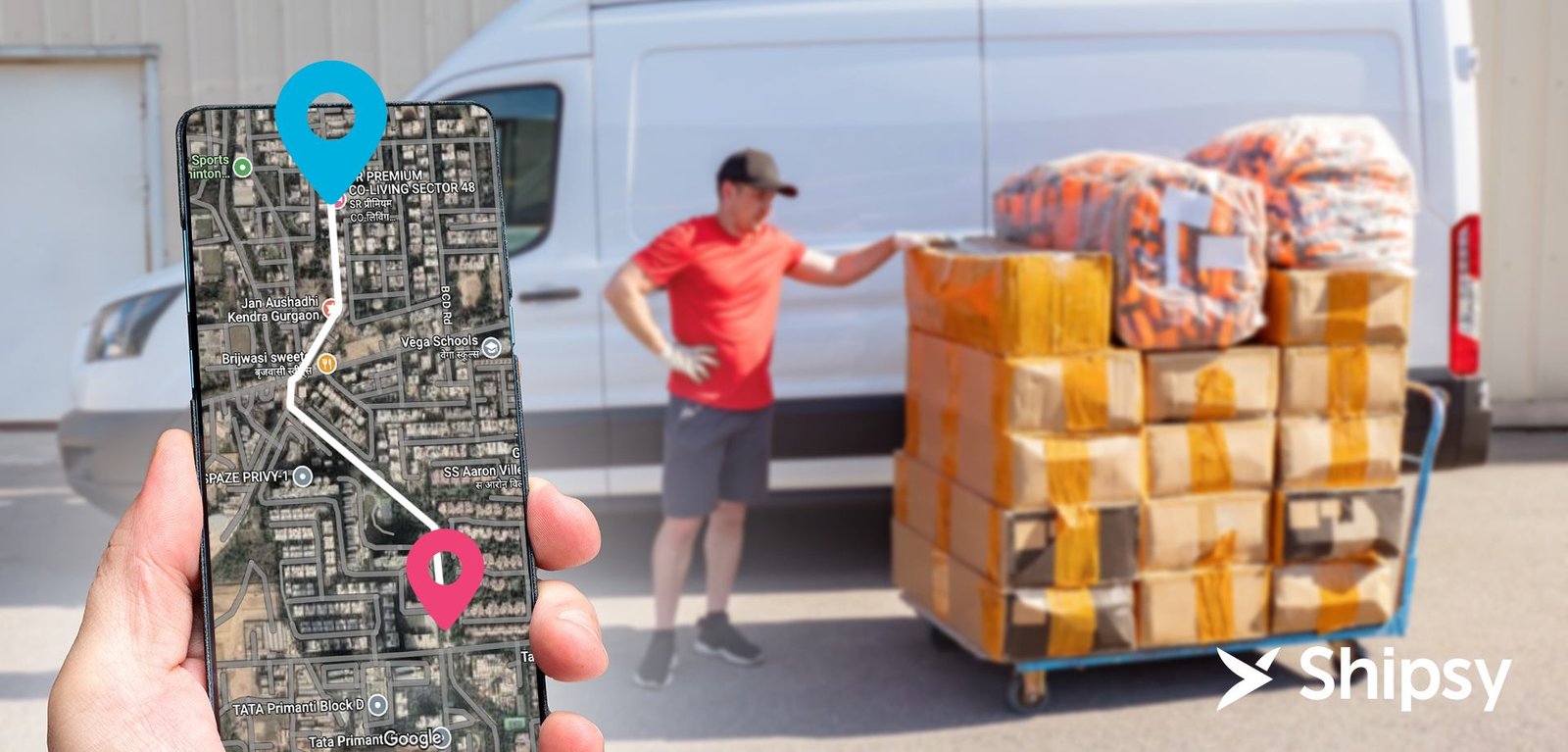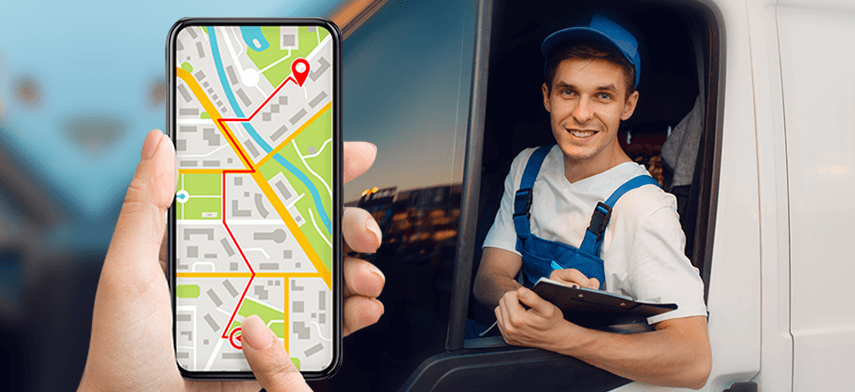Key Takeaways :
- Route optimization is a powerful tool for reducing logistics costs in supply chain operations.
- By leveraging advanced algorithms and data analysis, businesses can minimize transportation expenses and improve operational efficiency.
- Optimized routes help reduce fuel consumption, minimize vehicle wear and tear, and decrease overall transportation time.
- Improved route planning leads to better resource utilization and increased delivery capacity.
- Real-time tracking and monitoring enable proactive adjustments to routes, ensuring timely deliveries and reducing costly delays.
- Route optimization software considers various factors such as traffic patterns, delivery windows, and vehicle capacities to find the most cost-effective routes.
- Efficient routes reduce unnecessary miles traveled, lowering fuel costs and carbon emissions, contributing to sustainability goals.

Introduction:
Logistics costs can be a daunting burden for businesses, particularly those heavily reliant on transportation. But fear not! There’s a strategic solution at hand: route optimization. By uncovering the most efficient transportation routes, companies can cut costs on fuel, labor, and related expenses.
In this blog post, we’ll delve into the benefits of route optimization and provide practical tips to enhance transportation efficiency. Brace yourself for captivating case studies showcasing companies that have successfully reduced costs through route optimization. Let’s embark on this journey to unlock efficiency and slash logistics expenses!
The Power of Route Optimization:
Route optimization offers a multitude of advantages for companies seeking to trim their logistics costs. By identifying the most efficient routes, businesses can significantly save on fuel, labor, and expenses. Moreover, route optimization enhances customer service by ensuring prompt deliveries and minimizing the risk of delays. It’s a win-win situation! Additionally, reducing distances traveled and fuel consumed helps companies reduce their carbon footprint, aligning their operations with environmental goals.
Practical Tips for Transportation Efficiency:
Are you eager to boost transportation efficiency and cut logistics costs? Here are some practical tips to help you achieve just that:
Embrace Technology: Leverage technology to optimize routes and track vehicles in real-time. This allows you to identify and address inefficiencies on the go, maximizing efficiency.
Consolidate Shipments: Combine shipments and plan multi-stop routes to minimize the number of trips required. This reduces both time and expenses, optimizing efficiency.
Collaborate for Success: Work closely with suppliers and customers to coordinate deliveries and minimize wait times. Streamlined collaboration leads to improved efficiency and customer satisfaction.
Case Studies of Cost Reduction through Route Optimization:
Let’s dive into real-world success stories where route optimization has paved the way for substantial cost reductions:
Case Study 1: UPS:
By implementing a route optimization system, UPS reduced its drivers’ mileage by a staggering 85 million miles per year. This translated into an impressive annual savings of $50 million.
Case Study 2: PepsiCo:
Route optimization software empowered PepsiCo to optimize its delivery process, resulting in a 20% reduction in required trucks. This remarkable achievement led to annual savings of $20 million.
These case studies highlight the tremendous cost savings that route optimization can unlock for businesses.
Data Analysis: The Route to Success:
Data analysis is the key ingredient for effective route optimization. By analyzing crucial factors like traffic patterns, delivery locations, and vehicle capacity, businesses can identify inefficiencies in their transportation routes. Armed with these insights, they can make data-driven decisions to enhance efficiency. From adjusting delivery schedules to optimizing routes and even considering changes in vehicle types, data analysis offers the roadmap to success. Don’t underestimate the power of data in reducing logistics costs and enhancing transportation efficiency.
The Technological Revolution:
Technology plays a vital role in optimizing transportation routes. Real-time GPS tracking empowers businesses to monitor their vehicles, enabling route adjustments as needed. Route optimization software analyzes vast amounts of data, providing recommendations for the most efficient routes based on traffic patterns and delivery locations. Furthermore, embracing advancements such as electric and autonomous vehicles holds long-term potential for cost reduction and improved efficiency. Stay ahead of the curve and harness the power of technology to continue reducing logistics costs through route optimization.
Conclusion:
Route optimization is the game-changer for businesses seeking to slash logistics costs and enhance efficiency. By embracing this approach, leveraging technology, analyzing data, and collaborating effectively, businesses can unlock substantial cost savings while delivering exceptional customer service. It’s time to break free from inefficient transportation routes and embark on a journey toward optimized efficiency. Take the first step and make route optimization your strategic ally today!

FAQ
What is Route Optimization?
Route optimization is the process of finding the best and most cost-effective route for delivery drivers. It doesn’t necessarily mean finding the shortest route. Instead, it focuses on minimizing the total driving time when making any number of stops. Variables considered include:
Delivery time windows
Vehicle load capacity (weight and/or volume)
Driver schedule
Driver proximity and/or hub location
Traffic congestion
Accidents on the roads
Distance between different stops
Can You Manually Plan and Optimize Routes?
Manually planning routes is a tedious and near-impossible process. With just a few vehicles and 10 stops each, there can be millions of different route possibilities. Route planning software, on the other hand, calculates the best routes in seconds, maximizing the number of deliveries and revenue for your business.
Can Google Maps or Waze Optimize Delivery Routes?
While Google Maps and Waze provide navigation, they don’t offer comprehensive route optimization. Specialized route planner software is designed specifically for efficient delivery routes.
Ways Route Planner Software Can Improve Delivery Efficiency:
Minimizing distance traveled: Reduces fuel expenses.
Optimizing labor hours: Maximizes the number of deliveries per trip.
Reducing maintenance expenses: Less wear and tear on vehicles.
Improving driver schedules: Helps reduce overtime costs.
Reducing idle time: Ensures resource utilization
Hope this article was helpful for more check out our previous blog post by clicking here

